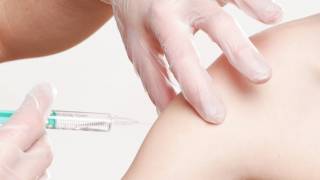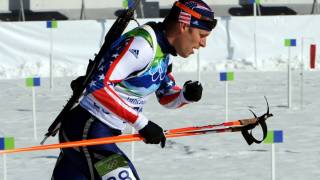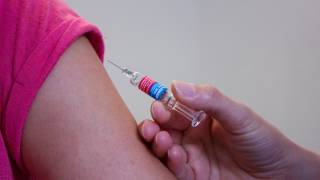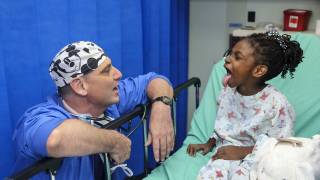Sports Stars Need Special Vaccination Schedules
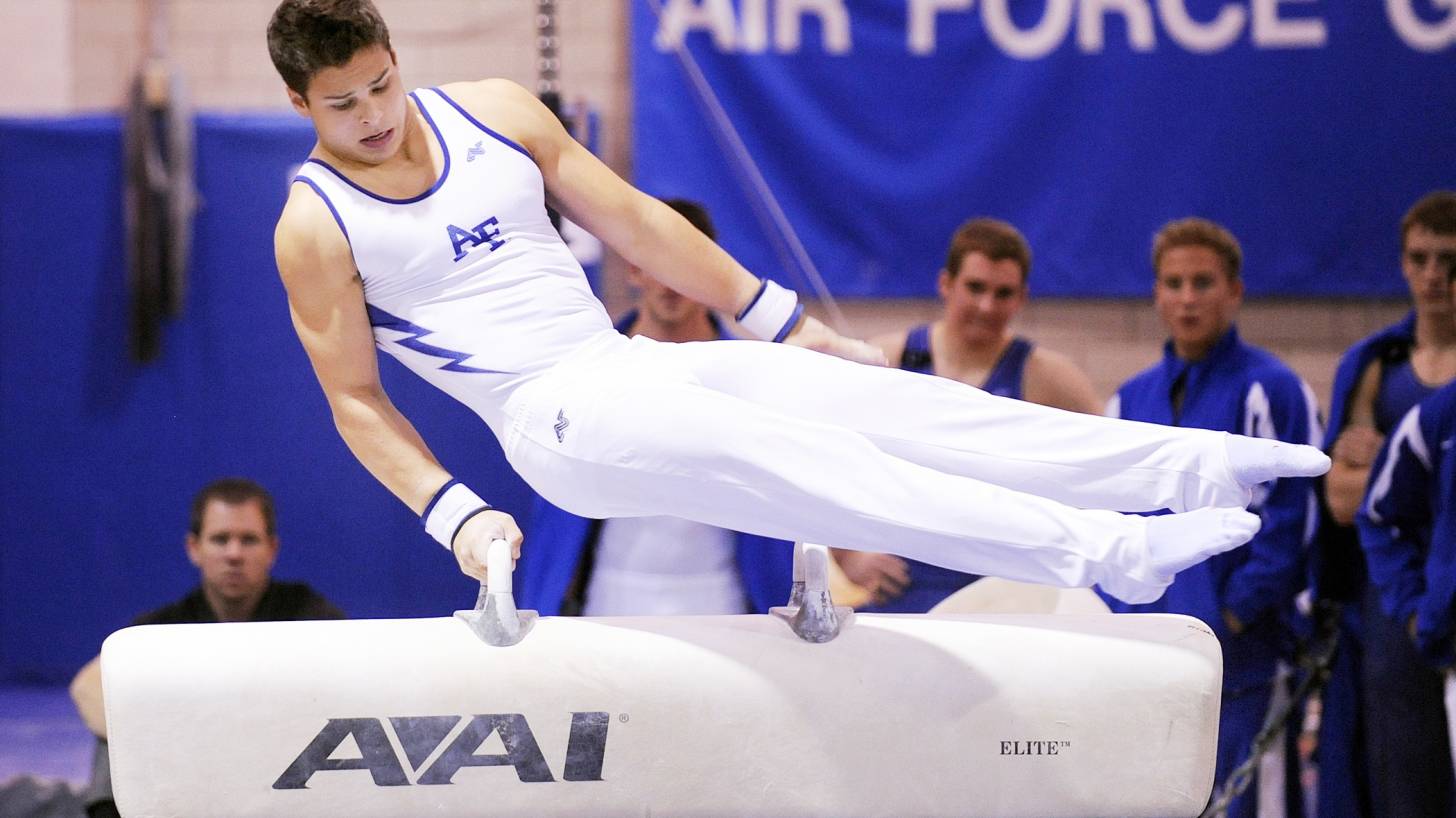
Among team doctors, there exists uncertainty about the most appropriate vaccination regimens for elite athletes.
A few infectious bugs can mark defeat for an entire team.
For example, sports-related skin infections spread by contact are associated with 10%-15% of time-loss injuries among college athletes.
For elite athletes, even mild diseases that would never cause absenteeism in the general population are relevant for their individual performance.
Elite athletes need special vaccination guidelines that differ from the ones for the general population. Taken together, the benefits from vaccination and the risk from side effects have to be thoroughly balanced for the situation of an individual athlete.
Timing of vaccinations should be chosen with the purpose of minimizing interference with training and competition and making sure that the immune reaction is not temporarily impaired.
The most common risk factors for sports-related infections involve skin-to-skin contact with athletes, such as wrestlers and rugby players, who have active skin infections, environmental exposures associated with physical trauma, sharing of equipment, and contact with contaminated fomites such as towels.
In its clinical report, the American Academy of Pediatrics (AAP) details the types, treatments and risk factors of infection, which are especially prevalent in close contact sports such as football and wrestling.
While there have been no reports of infections from bloodborne pathogens, such as hepatitis B, hepatitis C or HIV during athletic competitions, the AAP provides specific detailed guidelines for management of infections spread by blood and bodily fluids.
"Joining an athletic team is a fun, physically challenging and healthy way for kids to practice teamwork and sportsmanship, but they do need to understand the importance of good hygiene," said H. Dele Davis, MD, lead author of the report and member of the AAP Committee on Infectious Diseases.
"Besides showering and washing hands, athletes should be discouraged from sharing their water bottles, towels, mouth guards and other personal items," he said.
Most sports-related infections are spread by skin contact, contaminated food or water, respiratory droplets or airborne particles.
"Some of these germs can be picked up in weight rooms, on mats and in locker rooms," said Mary Anne Jackson, MD, a co-author of the report and member of the AAP Committee on Infectious Diseases.
Major pathogens and conditions associated with skin infections in organized sports include:
- bacterial — Staphylococcus aureus (cellulitis and skin abscesses) and group A streptococcus (pyoderma, cellulitis, impetigo);
- viral — herpes simplex virus (HSV) (herpes gladiatorum, herpes rugbiorum or conjunctivitis), Molluscum contagiosum and verruca vulgaris (warts);
- fungal — Trichophyton and Microsporum species (tinea corporis, capitis and pedis); and
- parasitic — Pediculosis capitis (scalp lice), P. corporis (body lice) and Sarcoptes scabiei (scabies).
In general, empiric treatment should be started as soon as possible for the suspected pathogen, and the athlete should be isolated from further participation in practice or competition until the risk of spread is deemed minimal.
Some conditions such as strep, staph infections, HSV and tinea capitis are best managed by orally administered systemic antibiotic, antiviral or antifungal agents, while others (tinea corporis, pedis, warts, scabies and lice) may be managed by topical therapy.
The clinical report summarizes return-to-practice and competition guidelines from three major governing bodies — the National Collegiate Athletic Association, National Federation of State High School Associations and the National Athletic Trainers Association.
To minimize risks, the AAP recommends:
- Teach student athletes proper personal hygiene, including proper laundering of uniforms and avoiding sharing of drinks or personal products, such as razors.
- Develop a plan for cleaning and maintenance of sporting environment using guidelines such as those published by the American College of Sports Medicine.
- Pay special attention to proper management of blood and other bodily fluids, just as hospitals have concentrated on preventing hospital-associated infections.
- Routinely screen athletes during practices and before and after competitions.
Immunizations also provide an effective and efficient vehicle for preventing the spread of many viral and bacterial pathogens. Pediatricians can play an important role in providing anticipatory guidance to athletes, especially during the annual pre-participation physical examination visit.
"The best thing coaches can do is identify the problem early, even if it is something as benign-looking as a cold sore, so they can prevent its spread," Stephen G. Rice, MD, PhD, MPH, and a member of the AAP Council on Sports Medicine and Fitness.
"We want the students not only to participate in sports, but to have a good experience," said Dr. Rice.
Vaccine discounts can be found here.
These researchers did not disclose any conflicts of interest: Barbara C. Gärtner, Tim Meyer.
Our Trust Standards: Medical Advisory Committee
- AAP Offers New Guidance on Preventing Spread of Infectious Diseases Associated with Organized Sports
- Fungal Skin Infections
- Infectious Diseases Associated With Organized Sports and Outbreak Control
- Vaccination in Elite Athletes
- Infection protection: Anticipatory guidance for young athletes should include infectious disease prevention
- Public health recommendations for athletes attending sporting events.




